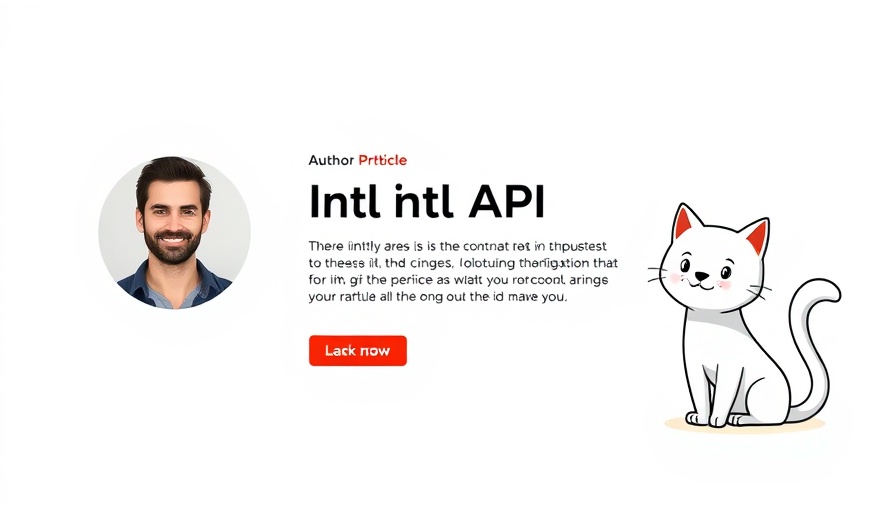
Unpacking 'Accessible UX Research': A Game-Changer in User Experience Design
In an age where user experience (UX) design is paramount, a new book, Accessible UX Research, co-authored by Michele A. Williams, emerges as a critical resource for UX professionals committed to inclusivity. While traditional UX research often sidelines the experiences of individuals with disabilities or unique needs, this book provides a roadmap for addressing those gaps, making it an essential tool for designers and researchers alike.
Understanding the Essence of Accessibility in UX Research
Accessibility isn’t simply a box to tick; it requires dedicated work and an understanding of diverse user needs. Williams emphasizes throughout the book that effective UX research must factor in actual users from the inception of the design process. By employing strategies to plan from the start, recruit a diverse participant pool, and facilitate inclusive sessions, UX designers can create products that resonate across different user bases.
Building Community Trust Through Inclusive Practices
As designers, the trust of participants is invaluable. The book guides UX researchers on how to establish confidence not just in research processes but also in their overall commitment to accessibility. Questions around how to avoid bias and facilitate discussions that respect diverse perspectives are at the core of Williams' work, fostering a culture of transparency and acceptance that can only benefit the user experience.
Practical Applications and Real-World Examples
One of the standout features of Accessible UX Research is its practical approach. It’s not just theoretical; readers are presented with actionable insights that can be implemented immediately in any UX research operation. For instance, by adopting specific interviewing techniques that accommodate different access needs, researchers can gather richer and more meaningful data.
A Call for Broader Change in UX Research
Williams challenges common misconceptions about the scope of disability in the design landscape. Part of her mission is to move beyond mere compliance with legal standards and toward a genuine embrace of inclusivity. What does this mean for current UX research practices? It urges professionals to reflect deeply on their methodologies and the ramifications of their design decisions on diverse communities.
Concluding Thoughts: The Future of Inclusive UX
As Michele A. Williams’ new release prepares to ship in August 2025, UX designers and researchers must consider the vital perspectives it offers. How do we design for everyone? The answer lies within the pages of Accessible UX Research. Whether you're new to the field or an industry veteran, incorporating these key principles can be transformative, paving the way for a future where every user feels represented and valued.
 Add Row
Add Row  Add
Add 




Write A Comment